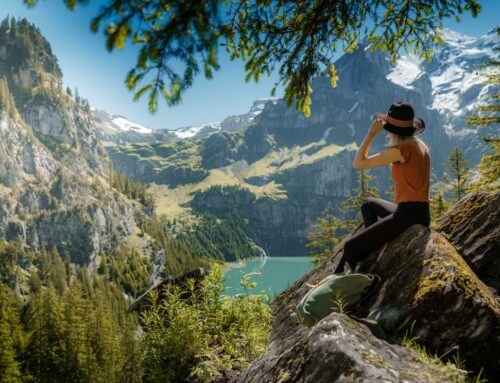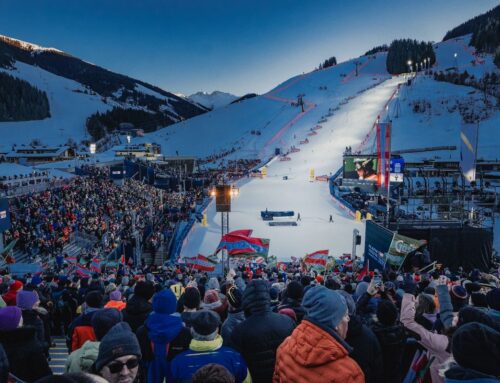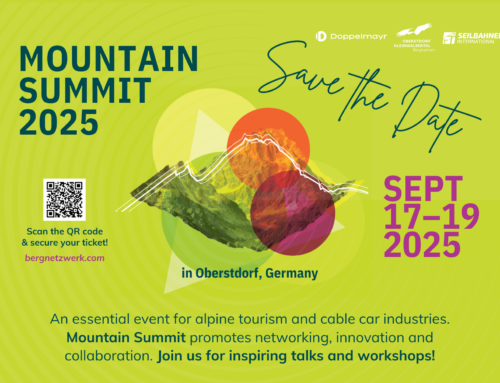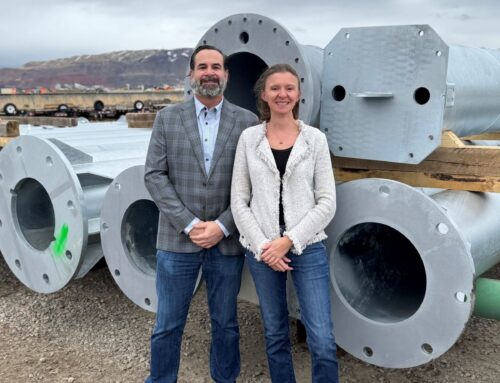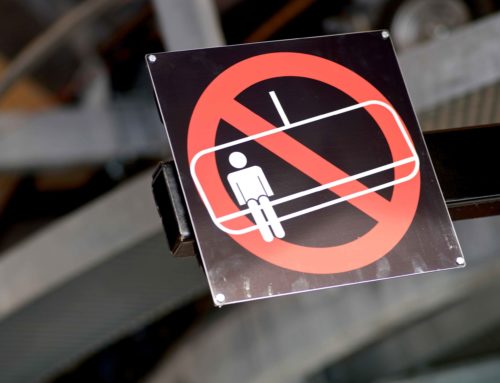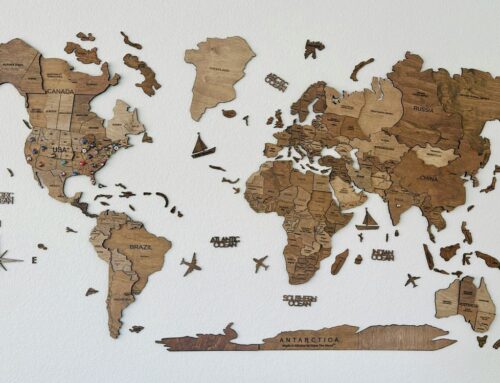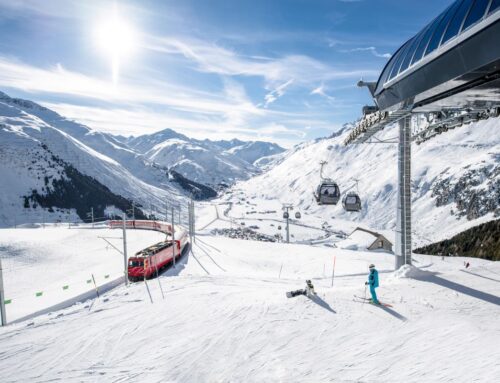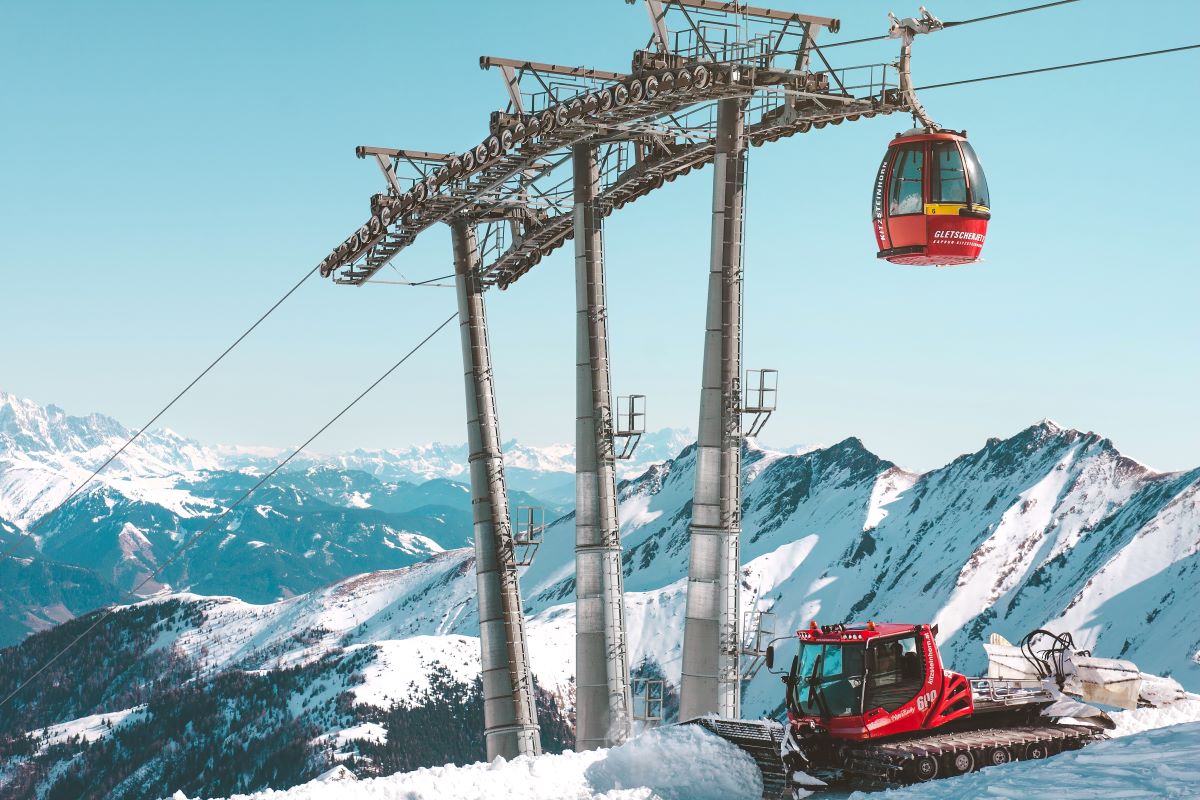
Management & Tourism
Energy Management
In the face of the ongoing energy crisis, terms such as energy steering measures are being discussed, which could quite literally put Austrian winter tourism on ice.
The idea here is to determine from the government’s side which area should be given which priority in terms of power supply. Austrian cable car chairman Franz Hörl has already called for secured access for cable cars (see SI issue 5/2022).

Dr. Christian Felder
Specialist, Austrian Economic Chamber, Association of Cable Cars
At first glance, it may seem sensible to conserve the currently lacking energy in those industries that are not essential for everyday life.
But in Austria, a country that depends so heavily on tourism, it is essential to maintain winter tourism for the domestic economy.
So, in order for businesses to take full advantage of the season and for guests to come in the winter, the power supply to the cable cars must be guaranteed.
For example, one-third of winter business occurs between the Christmas holidays and the sixth of January – but that is when there is rarely enough natural snow to keep ski resorts operating at full capacity.
So the approach of reducing or eliminating technical snowmaking to save energy would harm the economy.
In addition, cable cars and snowmaking systems only account for a total of 1.2 percent of Austria’s energy consumption anyway, as Christian Felder of the Austrian Economic Chamber’s Cable Car Association notes on the basis of Statistik Austria.
Also not to be disregarded is the progress in energy savings the industry has already made in the past. For example, energy consumption in relation to transport performance has been reduced by 20 percent over the last ten years.
Photo: Pixabay
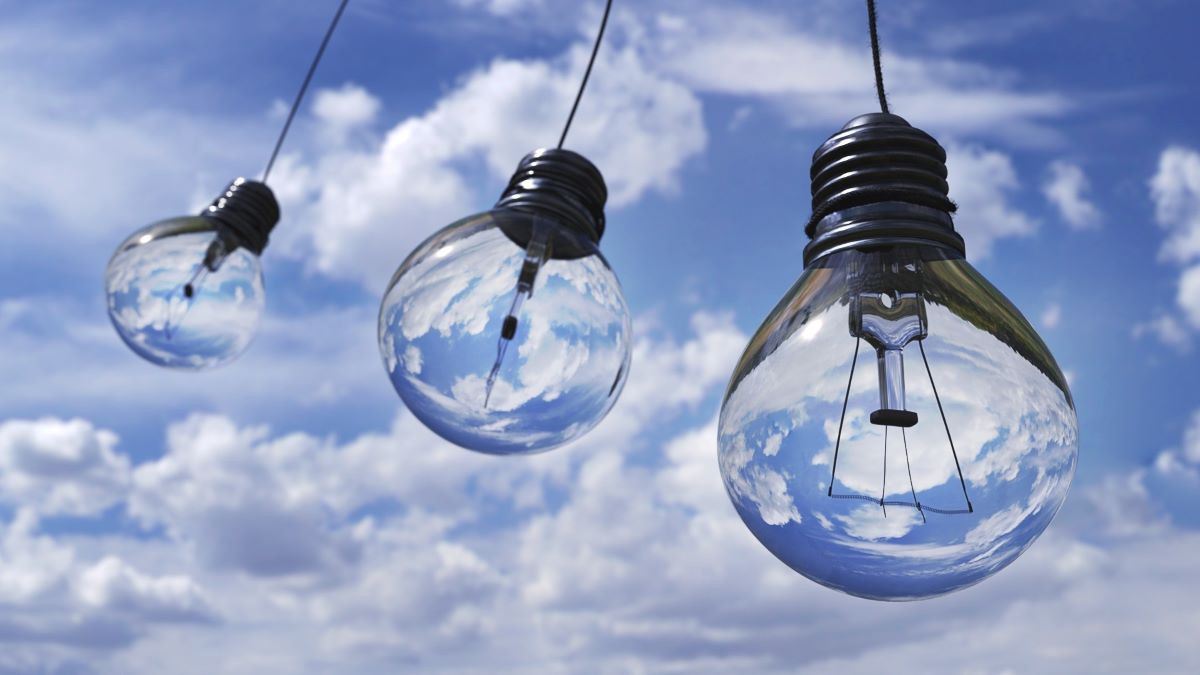
Measures to save energy
During a presentation at the Styrian Cable Car Conference, Felder also addressed specific measures that cable cars and ski resorts can take to reduce energy consumption and save electricity.
In the case of detachable cable car systems, the number of gondolas in operation can be reduced outside of peak hours to prevent unnecessary wear and tear on the system and to reduce energy consumption through the reduced weight.
With careful adjustment to the predicted workload, travel and waiting times remain unchanged and between five and ten percent of the energy is still saved on the cable car in question.
Reducing travel speed during periods of lower crowding also offers enormous energy-saving potential:
If the travel speed is reduced from six to five meters per second, a saving of up to 15 percent of the travel energy can be expected in the case of a constant conveying capacity.
At an even lower speed of four meters per second, savings of around 30 percent can be expected. In addition, ski areas can partially shut down the routes that are used by two lifts and limit passenger transport to a single lift.
In this case, however, the concession obligation must be observed, which may make the operation of one lift obligatory.
Technical Snowmaking & Slope Maintenance
Technical snowmaking is responsible for a total energy consumption of 205 gigawatt hours per year – that is around 0.33 percent of Austria’s total consumption – of which around 90 percent is now generated using renewable energy sources.
Technical snowmaking has become essential in order to be able to offer winter and ski tourism to the usual extent, namely 70 percent of the piste areas are covered with technical snow.
Therefore, the energy used for this is also essential for a good season and a strong Austrian economy.
However, although the operation of the snowmaking systems is unavoidable, some processes can be optimized in the process, which in turn improves the energy balance of the systems.
For example, unnecessary water and energy consumption can be prevented when maintaining the machines: The nozzles of the snowmaking systems may be set incorrectly for the respective conditions.
If, for example, the ambient temperature is too high, the water droplets must also be correspondingly large so that they do not evaporate.
To support this, the sensors on the devices must be calibrated accordingly as well, allowing for correct detection of air temperature and humidity and adjustment of the snowmaking system.
As a general rule, of course, snowmaking should be stopped immediately if climatic conditions are insufficient. The energy savings potential here lies at an additional two to five percent.
By measuring snow depth, further resources can be conserved, as employees can read exactly how much snow is actually required instead of making snow on the basis of estimates and thus possibly producing an unnecessarily large amount of snow.
As a result, the amount of technical snow – and, by extension, the amount of energy needed – can be reduced by ten percent, Felder estimates.
Also in training and further education of the slope personnel, the opportunity for better energy management exists: The process of sintering, for example, i.e. the merging of the technical snow, requires a corresponding amount of time.
If the recommended time of around eight hours is not adhered to, the slope may not be able to withstand the skiers for the full day, so it has to be prepared again earlier, which also means unnecessary energy consumption.
Infrastructure of the ski slopes
Quantities of energy can also be saved in the interiors of the infrastructure of the ski resorts, which should not be disregarded in the overall balance.
Basically, checks of the energy management systems are to be carried out and the corresponding anomalies are to be corrected. In many places, lighting and heating systems can be revised on a large scale.
At the same time, sustainable concepts, such as the recovery of waste heat from cable cars for heating restaurants, show how much potential there is in this area.
Outlook
Even if it is not possible to predict with certainty what conditions will be like in the upcoming winter season, it is more than sensible to prepare for emergencies and reduce energy consumption in all areas to the bare minimum.
However, winter tourism in Austria is essential for the domestic economy and therefore undoubtedly falls within the definition of the most important areas.
Thus, the appropriate measures should be taken to reduce the amounts of energy consumed, but without having a negative impact on the guests, so that the experience of Austrian winter tourism remains a unique one for them.
